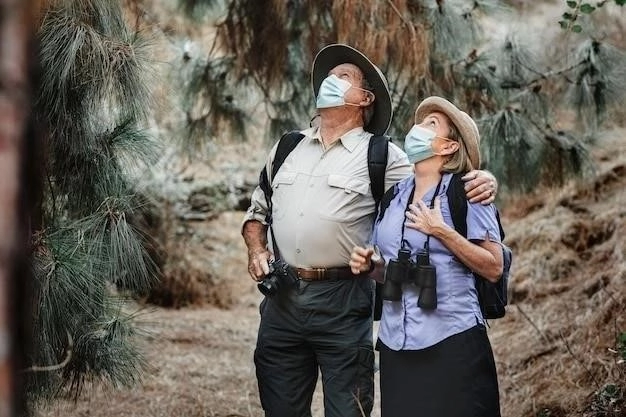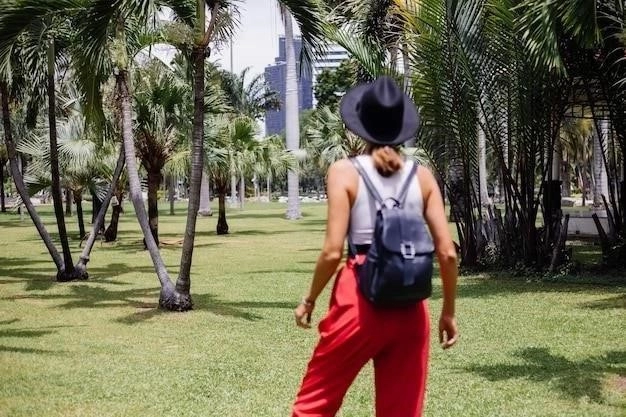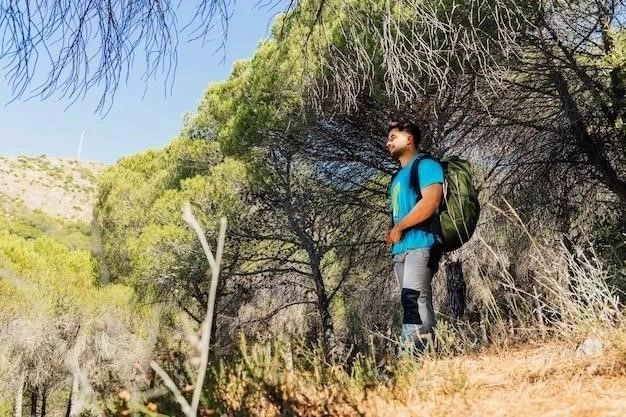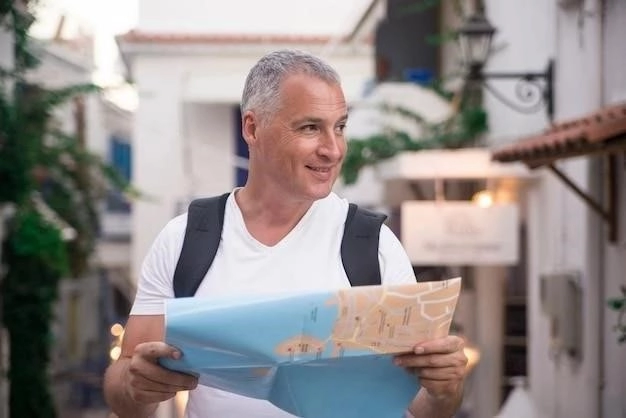Welcome to the Republic of Palau, a pristine archipelago nestled in the Western Pacific Ocean. Explore a breathtaking underwater world, teeming with marine life and vibrant coral reefs. Discover ancient traditions and rich cultural heritage interwoven with the island’s natural beauty.
Planning Your Trip
A journey to Palau, with its untouched beauty and unique cultural experiences, requires careful planning to ensure a seamless and enriching adventure.
Research and Inspiration:
Begin by immersing yourself in the wonders that await. Explore online resources, travel blogs, and documentaries showcasing Palau’s diverse marine life, lush landscapes, and historical significance. Identify activities and destinations that resonate with your interests, whether it’s diving with manta rays, kayaking through turquoise lagoons, or delving into Palauan history and traditions.
Budgeting and Finances:
Palau offers a range of accommodation options, from luxurious resorts to cozy guesthouses. Determine your budget and research average costs for accommodation, meals, transportation, and activities. Factor in expenses such as diving permits, green fees, and souvenirs. It’s advisable to exchange currency to US dollars, the official currency of Palau.
Travel Style and Itinerary:
Consider your preferred travel style. Do you envision a relaxed island escape, an action-packed adventure, or a blend of both? Tailor your itinerary to match your interests and desired pace. Allocate sufficient time for each destination and activity, allowing for flexibility and spontaneous discoveries.
Remember that meticulous planning is key to unlocking the full potential of your Palauan adventure.
Visas and Entry Requirements
Ensuring a smooth arrival in Palau requires understanding and complying with the country’s visa and entry regulations.
Visa Policy:
Palau maintains a relatively liberal visa policy, granting citizens of many countries visa-free entry for tourism purposes. Upon arrival at Palau International Airport (ROR), visitors are typically granted a 30-day stay, provided they meet specific requirements. However, it’s crucial to verify the latest visa regulations based on your nationality well in advance of your trip.
Passport Validity:
Your passport must be valid for at least six months beyond your intended stay in Palau. This requirement ensures ample time for any unforeseen circumstances or extensions to your trip. Additionally, ensure your passport has sufficient blank pages for entry and exit stamps. It’s advisable to carry a copy of your passport’s biographic page separately as a precaution.
Return or Onward Ticket:
Immigration authorities may request proof of onward travel, such as a return ticket to your home country or a ticket to your next destination. This requirement demonstrates your intention to leave Palau within the permitted timeframe of your visa-free entry. Be prepared to present your itinerary or travel documents as needed.
By carefully reviewing and adhering to these visa and entry requirements, you can ensure a seamless and enjoyable experience upon arrival in Palau.
Getting to Palau
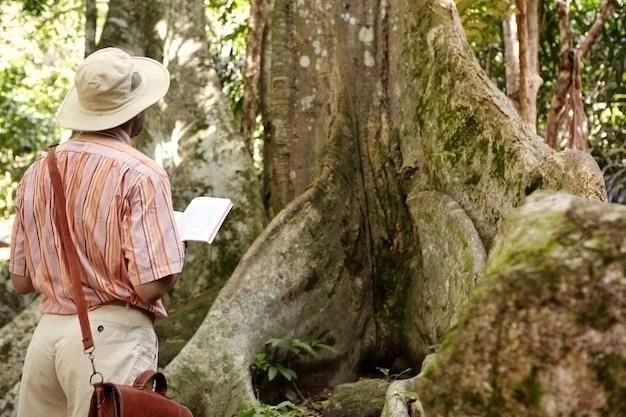
Reaching the secluded paradise of Palau typically involves international air travel, with Palau International Airport (ROR) serving as the main gateway to the archipelago.
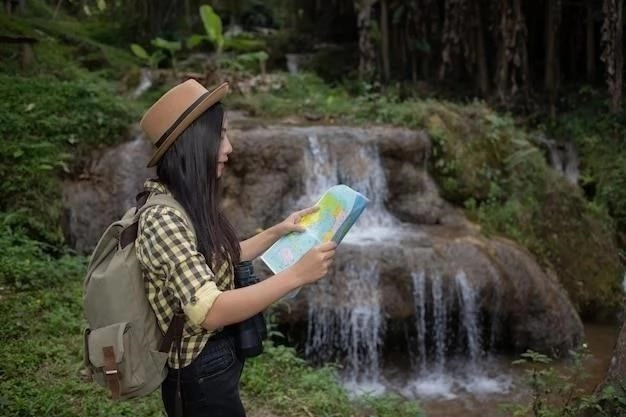
International Flights:
Several major airlines operate flights to Palau International Airport, connecting the islands to hubs in Asia, Oceania, and the United States. Popular routes include flights from Manila, Philippines; Seoul, South Korea; Taipei, Taiwan; Guam; and Honolulu, Hawaii. Consider your departure city and research airlines offering the most convenient and cost-effective itineraries.
Domestic Connections:
Upon arrival in Palau, domestic flights provide access to outlying islands and remote destinations. Palau’s domestic airline operates regular flights to islands such as Peleliu, Angaur, and Kayangel. These flights offer breathtaking aerial views of the archipelago’s lagoons, reefs, and lush landscapes.
Sea Transportation:
While less common for international arrivals, boats and ferries serve as essential transportation links between Palau’s islands. Consider exploring these options for inter-island travel, experiencing the archipelago’s beauty from a unique perspective and accessing hidden coves and secluded beaches.
Planning your travel arrangements well in advance, considering both international and domestic connections, will ensure a seamless journey to this remote and captivating destination.
Getting Around Palau
Navigating Palau’s enchanting islands and exploring its hidden gems requires understanding the various transportation options available.
Rental Cars:
Renting a car provides flexibility for independent exploration, particularly on larger islands like Babeldaob, where attractions are spread out. International driving permits are generally required. Remember that traffic drives on the right-hand side in Palau. Exercise caution while navigating the islands’ roads, as some areas may have unpaved or uneven surfaces.
Taxis:
Taxis are readily available in Koror and can be hailed on the street or arranged through your accommodation. Agree on a fare beforehand, as taxis in Palau typically don’t use meters. Consider taxis for shorter trips within Koror and transfers to and from restaurants or points of interest.
Boat Tours and Charters:
For exploring Palau’s iconic Rock Islands, diving sites, and remote lagoons, boat tours and charters are essential. Numerous tour operators offer a wide range of options, from snorkeling and diving excursions to scenic cruises and island-hopping adventures. Select reputable operators with experienced guides who prioritize safety and environmental responsibility.
Domestic Flights:
If your itinerary includes visiting Palau’s southern islands or more remote atolls, consider domestic flights. These short flights offer breathtaking aerial views of the archipelago and provide convenient access to secluded destinations. Check flight schedules and book in advance, as availability may be limited.
By utilizing a combination of these transportation options, you can seamlessly traverse Palau’s diverse landscapes and uncover the hidden treasures of this Pacific paradise.
Accommodation
Palau offers a diverse range of accommodation options to suit every traveler’s preference and budget, from luxurious beachfront resorts to charming locally owned guesthouses.
Luxury Resorts:
For those seeking unparalleled comfort and world-class amenities, Palau boasts a selection of high-end resorts. These establishments often feature private beaches, infinity pools, spas, and fine-dining restaurants. Located on pristine islands or secluded stretches of coastline, luxury resorts provide an exclusive and indulgent escape.
Dive Resorts:
Catering specifically to diving enthusiasts, dive resorts offer unparalleled access to Palau’s renowned underwater world. These resorts typically provide on-site dive centers, experienced guides, and specialized facilities for equipment storage and maintenance. Staying at a dive resort allows for seamless integration of diving into your itinerary.
Boutique Hotels and Guesthouses:
For a more intimate and locally immersive experience, consider boutique hotels or guesthouses. Often family-run, these accommodations provide a glimpse into Palauan hospitality and culture. While offering fewer amenities than larger resorts, they compensate with personalized service and a cozy atmosphere.
Budget-Friendly Options:
Budget-conscious travelers can find affordable lodging options in Koror, Palau’s main commercial hub. Guesthouses, homestays, and backpacker hostels provide basic amenities at a lower price point. These options allow for more economical travel while still providing a comfortable base for exploring Palau’s attractions.
When selecting accommodation, consider your budget, desired level of luxury, and proximity to activities and points of interest to ensure a comfortable and enjoyable stay in Palau.
Things to Do
Beyond its breathtaking underwater realm, Palau offers a wealth of terrestrial adventures and cultural encounters, ensuring an enriching experience for every traveler.
Explore Koror’s Cultural Heritage:
Begin your journey in Koror, Palau’s vibrant hub, and delve into the country’s history and traditions. Visit the Belau National Museum to discover artifacts reflecting Palauan culture, art, and natural history. Explore the Etpison Museum, showcasing the legacy of Palau’s first president. Attend a traditional dance performance, where intricate movements and vibrant costumes narrate ancient legends.
Embark on a Kayaking Adventure:
Paddle through the tranquil waters of Palau’s Rock Islands, marveling at the emerald lagoons and verdant limestone formations. Explore hidden coves, discover secluded beaches, and witness the archipelago’s natural beauty from a unique perspective. Kayaking tours often include snorkeling stops, allowing you to observe the vibrant marine life beneath the surface.
Hike to Scenic Viewpoints:
Lace up your hiking boots and embark on trails leading to panoramic vistas. Ascend to the summit of Mount Ngerchelchuus, Palau’s highest peak, for breathtaking views of the surrounding islands and turquoise waters. Hike through the lush rainforest of Babeldaob, encountering endemic flora and fauna along the way. Remember to pack water, insect repellent, and appropriate footwear for your trekking adventures.
Palau’s diverse landscapes and rich cultural heritage offer a myriad of experiences beyond its renowned diving sites.
Diving and Snorkeling
Palau stands as a premier global destination for underwater exploration, renowned for its unparalleled marine biodiversity and pristine coral reefs. Whether you’re an experienced diver or a curious snorkeler, Palau’s underwater realm promises unforgettable encounters.
Iconic Dive Sites:
Explore world-renowned dive sites like Blue Corner, a marine sanctuary teeming with sharks, rays, and schools of fish. Descend into the depths of Blue Hole, a cavern adorned with soft corals and illuminated by ethereal shafts of sunlight. Discover the enigmatic Jellyfish Lake, where millions of non-stinging jellyfish gracefully pulse through the water.
Diverse Marine Life:

Prepare to be captivated by the sheer diversity of Palau’s marine life. Encounter graceful manta rays gliding through channels, reef sharks patrolling coral walls, and colorful nudibranchs camouflaged among the coral. Observe schools of fusiliers shimmering in unison, curious turtles gliding through the water, and an array of tropical fish in every hue imaginable.
Snorkeling Opportunities:
Even without diving certification, Palau’s shallow reefs and lagoons offer exceptional snorkeling opportunities. Don a mask, snorkel, and fins to observe vibrant coral gardens, playful clownfish darting among anemones, and starfish clinging to rocky outcrops. Numerous tour operators offer snorkeling excursions suitable for all ages and experience levels.
Remember to respect the marine environment by practicing responsible diving and snorkeling. Avoid touching corals, maintain proper buoyancy control, and dispose of trash responsibly.
Island Hopping
Embark on an unforgettable island-hopping adventure through Palau’s scattered archipelago, each island a jewel of natural beauty and unique charm.
Rock Islands Southern Lagoon:
A UNESCO World Heritage site, the Rock Islands Southern Lagoon captivates with its emerald waters, mushroom-shaped islands, and hidden marine lakes. Explore labyrinthine channels by kayak, marvel at the Milky Way’s exfoliating mud bath, and snorkel among vibrant coral gardens teeming with marine life.
Kayangel Atoll:
Venture north to Kayangel Atoll, a remote paradise renowned for its pristine beaches, crystal-clear waters, and traditional Palauan culture. Engage with the local community, witness traditional fishing techniques, and experience the tranquility of island life at its purest.
Peleliu Island:
Step back in time on Peleliu Island, where remnants of World War II history stand as poignant reminders of the past. Explore preserved battlefields, pay homage at memorials honoring fallen soldiers, and gain a deeper understanding of this pivotal chapter in Palauan history.
Customized Itineraries:
Numerous tour operators offer customizable island-hopping itineraries, allowing you to tailor your adventure to your interests and desired pace. Whether you seek relaxation on secluded beaches, adrenaline-pumping watersports, or cultural immersion in local communities, Palau’s islands offer a tapestry of experiences.
Pack your sense of adventure and prepare to be captivated by the diversity and beauty of Palau’s scattered islands.
Historical Sites
Beyond its natural splendor, Palau harbors a rich tapestry of history, evident in its preserved historical sites that offer glimpses into the past, from ancient villages to remnants of war.
Badrulchau Stone Monoliths:
Journey back in time at Badrulchau, a site shrouded in mystery on Babeldaob island. Here, enigmatic basalt monoliths stand tall, their origins and purpose still debated by archaeologists. Theories suggest they may have served as ceremonial grounds, a traditional meeting place, or even a navigational aid for ancient Palauans.
World War II Relics on Peleliu:
Peleliu Island bears witness to the fierce battles fought during World War II. Explore preserved trenches, bunkers, and gun emplacements that dot the landscape, remnants of the intense conflict between American and Japanese forces. Visit the Peleliu World War II Memorial Museum to delve deeper into the island’s history and pay homage to the lives lost.
Japanese Lighthouse:
Ascend the Japanese Lighthouse on Malakal Island for panoramic views of Koror and the surrounding islands. Constructed during Japan’s administration of Palau, the lighthouse serves as a reminder of the archipelago’s colonial past and offers a picturesque vantage point for capturing memorable photographs.
By exploring these historical sites, you’ll gain a deeper appreciation for the forces that have shaped Palau’s cultural identity and witness the enduring legacy of the past.
Culture and Customs
Palauan culture, deeply rooted in tradition and respect, warmly embraces visitors while upholding customs passed down through generations. Understanding these traditions will enhance your experience and foster meaningful interactions with locals.
Respect for Elders and Traditions:
Palauan society places high regard on respecting elders and upholding traditional values. When greeting someone older or in a position of authority, a slight bow of the head is customary. Attend local festivals and celebrations, such as the annual Independence Day festivities, to witness traditional dance, music, and storytelling.
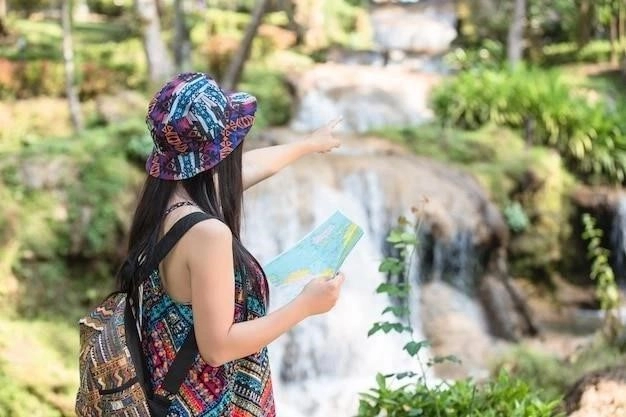
The Palau Pledge:
Upon arrival, visitors are asked to sign the Palau Pledge, a unique initiative promoting responsible tourism and environmental conservation. This pledge signifies a commitment to protecting Palau’s natural beauty, respecting local customs, and leaving a positive impact on the islands.
Traditional Practices and Beliefs:
Traditional Palauan beliefs often intertwine with spiritual connections to the natural world. Observe the significance of taro root, a staple crop, and the intricate craftsmanship of storyboards, wooden carvings depicting legends and historical events. Engage with locals respectfully to learn more about their customs and perspectives.
Embrace the opportunity to immerse yourself in Palau’s vibrant culture. By demonstrating respect for local customs and traditions, you’ll foster meaningful connections and create lasting memories during your journey.
Food and Drink
Palauan cuisine reflects the archipelago’s rich natural bounty, blending fresh seafood with tropical fruits, vegetables, and traditional cooking methods.
Fresh Seafood Delights:
Indulge in the freshest catches of the day, from grilled tuna and mahi-mahi to lobster and crab. Sample reef fish prepared in coconut milk with ginger and turmeric, or savor the delicate flavors of raw fish marinated in citrus juices, known as “poke.”
Tropical Fruits and Vegetables:
Embrace the abundance of tropical fruits, such as juicy mangoes, pineapples, and papayas. Savor the unique flavor of breadfruit, a starchy fruit often served roasted or boiled. Sample taro root, a staple crop, prepared in various ways, from savory stews to sweet desserts.
Palauan Specialties:
Don’t miss the opportunity to try traditional Palauan dishes, such as “tama,” a savory mixture of meat or seafood wrapped in banana leaves and steamed. Sample “ukoy,” a crispy fritter made with vegetables and shrimp. For a refreshing treat, try “tubruk,” a fermented coconut drink.
Dining Options:
Palau offers a range of dining experiences, from casual eateries and roadside stalls to upscale restaurants. Explore local markets for fresh produce and seafood, or savor international flavors at restaurants serving Japanese, Chinese, and American cuisine.
Embark on a culinary journey through Palau, savoring the freshest seafood, tropical flavors, and unique dishes that showcase the archipelago’s vibrant food culture.
Sustainable Tourism
Palau has emerged as a global leader in sustainable tourism, recognizing the importance of preserving its pristine environment and cultural heritage for future generations.
The Palau Pledge:
A cornerstone of Palau’s sustainable tourism efforts is the Palau Pledge, a mandatory agreement that all visitors must sign upon arrival. This pledge outlines responsible behaviors, encouraging visitors to preserve the environment, respect local customs, and minimize their impact on the islands.
Environmental Protection:
Palau has implemented several measures to protect its fragile marine ecosystems. The establishment of marine protected areas, restrictions on fishing practices, and a ban on coral harvesting all contribute to the long-term health of Palau’s reefs and marine life.
Cultural Preservation:
Efforts to preserve Palauan culture and traditions are also paramount. Supporting local businesses, engaging with communities respectfully, and participating in cultural events contribute to the preservation of Palau’s unique heritage.
Responsible Practices:
Visitors can contribute to Palau’s sustainability by practicing responsible tourism. Opt for reusable water bottles and bags, minimize waste, and choose eco-friendly tour operators committed to sustainable practices.
By embracing sustainable tourism principles, visitors can minimize their impact and contribute to the long-term well-being of this island paradise.
Health and Safety
Prioritizing health and safety while traveling to Palau ensures a smooth and enjoyable journey. By taking necessary precautions and being aware of potential risks, you can focus on embracing the archipelago’s beauty and adventures.
Vaccinations and Health Precautions:
Consult with your healthcare provider regarding recommended vaccinations and necessary health precautions well in advance of your trip. Ensure your routine vaccinations are up to date, and discuss any additional vaccinations or medications specific to Palau, such as typhoid or hepatitis A.
Sun Protection and Hydration:
The tropical climate of Palau necessitates diligent sun protection. Pack and apply broad-spectrum sunscreen with a high SPF, wear a hat and sunglasses, and seek shade during peak sun hours. Stay hydrated by drinking plenty of water, especially when engaging in outdoor activities.
Water Activities Safety:
When participating in water activities, such as swimming, snorkeling, or diving, exercise caution and adhere to safety guidelines. Be mindful of currents, avoid touching marine life, and always dive or snorkel with a buddy. Inform yourself about potential hazards, such as jellyfish or strong currents, before entering the water.
General Safety Measures:
As in any destination, practice general safety measures. Keep your valuables secure, be aware of your surroundings, and avoid walking alone at night in unfamiliar areas. Respect local customs and laws, and seek assistance from local authorities or your accommodation if needed.
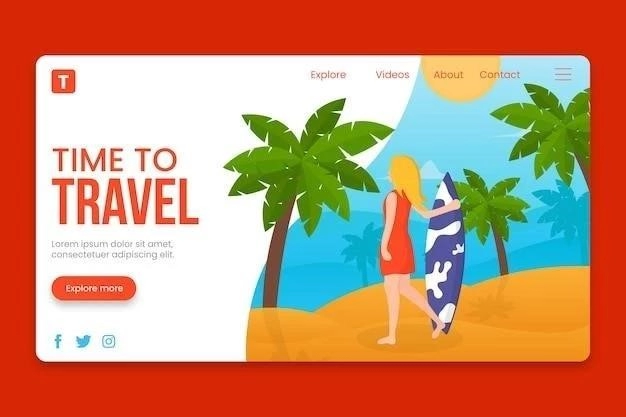
By prioritizing your well-being and following these guidelines, you can minimize risks and enjoy a safe and memorable trip to Palau.
Money and Expenses
Understanding the currency, payment methods, and typical costs associated with travel to Palau ensures a seamless and financially prepared journey.
Currency and Exchange Rates:

The official currency of Palau is the US dollar (USD), making currency exchange unnecessary for travelers carrying US currency. However, it’s advisable to exchange money for smaller denominations upon arrival, as larger bills may be difficult to break in smaller establishments.
Credit Cards and ATMs:
Credit cards, particularly Visa and Mastercard, are widely accepted in larger hotels, restaurants, and tour operators. However, smaller businesses and local vendors may prefer cash payments. ATMs are available in Koror, dispensing US dollars.
Tipping Etiquette:
While tipping is not mandatory in Palau, it is a customary gesture of appreciation for good service. A gratuity of 10% to 15% is appropriate in restaurants, while tipping tour guides and drivers for exceptional service is also customary.
Budget Considerations:
Palau is generally considered a more upscale destination, with accommodation, activities, and dining costing more than in some other Southeast Asian countries. Factor in expenses such as diving permits, conservation fees, and transportation costs. Research and book accommodations and tours in advance, especially during peak seasons, to secure competitive rates.
By familiarizing yourself with Palau’s currency, payment methods, and typical costs, you can plan your budget effectively and enjoy a financially worry-free trip.
When to Go
Palau’s tropical climate offers pleasant temperatures year-round, but understanding seasonal variations helps determine the ideal time to visit based on your preferences and desired activities.
Dry Season (November to May):
Considered the best time to visit Palau, the dry season boasts minimal rainfall, lower humidity, and calm seas. This period offers ideal conditions for diving, snorkeling, and exploring the Rock Islands. Expect sunny skies, warm temperatures ranging from the high 70s to mid-80s Fahrenheit (mid-20s to low 30s Celsius), and excellent visibility for underwater adventures.
Wet Season (June to October):
Characterized by higher humidity and increased rainfall, the wet season offers a different perspective of Palau’s lush landscapes. While rain showers can occur, they are often brief and followed by sunshine. This period sees fewer crowds and potentially lower prices on accommodations and tours.
Shoulder Seasons (April-May and September-October):
For a balance of favorable weather and fewer crowds, consider visiting during the shoulder seasons. These months offer a transition between the dry and wet seasons, with pleasant temperatures and occasional rainfall.
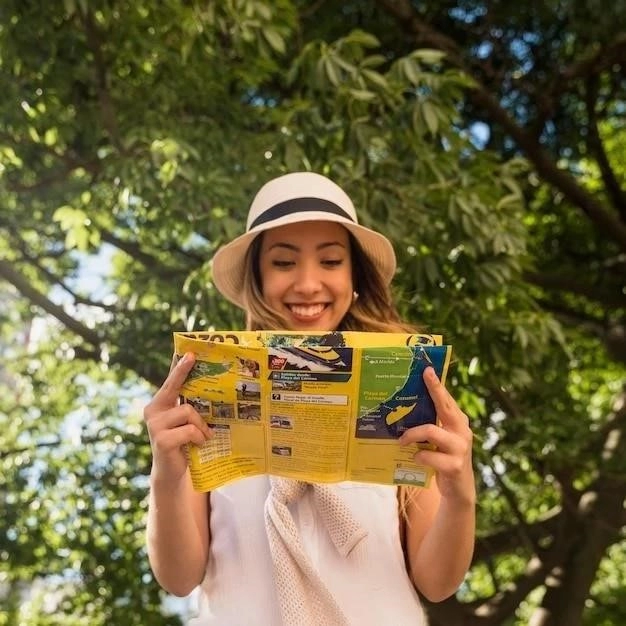
Special Events and Festivals:
Enhance your trip by coinciding your visit with local events. Witness traditional dance and cultural displays during Independence Day celebrations in October. Experience the excitement of the Palau Marathon, held annually in November.
Ultimately, the best time to visit Palau depends on your priorities. Whether you seek optimal diving conditions or a quieter experience, Palau’s tropical charm awaits year-round.
Sample Itinerary
To inspire your Palauan adventure, consider this seven-day sample itinerary, offering a blend of underwater exploration, cultural immersion, and island discovery.
Day 1: Arrival and Koror Exploration
Upon arriving at Palau International Airport (ROR) in Koror, settle into your accommodation. Spend the afternoon exploring Koror’s cultural sites, including the Belau National Museum and the Etpison Museum. Enjoy a delectable dinner of fresh seafood at a local restaurant.
Day 2: Rock Islands Southern Lagoon Adventure
Embark on a full-day tour of the Rock Islands Southern Lagoon, a UNESCO World Heritage site. Kayak through emerald lagoons, snorkel in Jellyfish Lake, and marvel at the natural beauty of Milky Way. Indulge in a picnic lunch amidst the stunning scenery.
Day 3: Diving or Snorkeling Extravaganza
Dive enthusiasts can explore world-renowned dive sites like Blue Corner, Blue Hole, and German Channel. Snorkelers can discover vibrant coral gardens and observe marine life at shallow reefs and lagoons. Choose from a variety of dive operators offering excursions tailored to different experience levels.
Day 4: Kayangel Atoll Excursion
Take a day trip to Kayangel Atoll, a remote paradise north of Koror. Relax on pristine beaches, snorkel in crystal-clear waters, and interact with the local community to learn about their traditional way of life.
Day 5: Peleliu Island Historical Journey
Travel to Peleliu Island to delve into Palau’s World War II history. Explore preserved battlefields, visit memorials honoring fallen soldiers, and gain insights into this pivotal chapter at the Peleliu World War II Memorial Museum.
Day 6: Relaxation and Water Activities
Enjoy a leisurely morning relaxing on the beach or by the pool. In the afternoon, indulge in water activities such as kayaking, stand-up paddleboarding, or taking a scenic boat tour. Savor a farewell dinner at a restaurant with panoramic ocean views.
Day 7: Departure
Depart from Palau International Airport (ROR), carrying cherished memories of your island adventure.
This itinerary is merely a suggestion, and you can customize it based on your interests and desired pace.
Travel Tips
To enhance your journey to Palau and ensure a smooth and enjoyable experience, consider these practical travel tips.
Pack Light and Right:
Pack lightweight, breathable clothing suitable for a tropical climate, along with swimwear, a hat, sunglasses, and reef-safe sunscreen. Include water shoes for exploring rocky shorelines and insect repellent for outdoor activities.
Respect Local Customs:
Demonstrate respect for Palauan culture by dressing modestly when visiting villages or attending cultural events. Remove your shoes before entering homes or sacred sites. Learn a few basic Palauan phrases to enhance communication and demonstrate your appreciation for local traditions.
Stay Connected:
While internet access is widely available in hotels and resorts, consider purchasing a local SIM card for more convenient connectivity, especially if you plan to explore remote areas.
Protect the Environment:
Embrace sustainable tourism practices by using reusable water bottles, minimizing waste, and avoiding single-use plastics. Support local businesses and choose tour operators committed to environmental responsibility. Adhere to guidelines for interacting with marine life while snorkeling or diving.
Learn Basic Palauan Phrases:
While English is widely spoken in Palau, learning a few basic Palauan phrases, such as greetings and expressions of gratitude, demonstrates cultural sensitivity and enhances interactions with locals.
By incorporating these tips into your travel plans, you’ll be well-prepared to fully embrace the beauty and culture of Palau.



